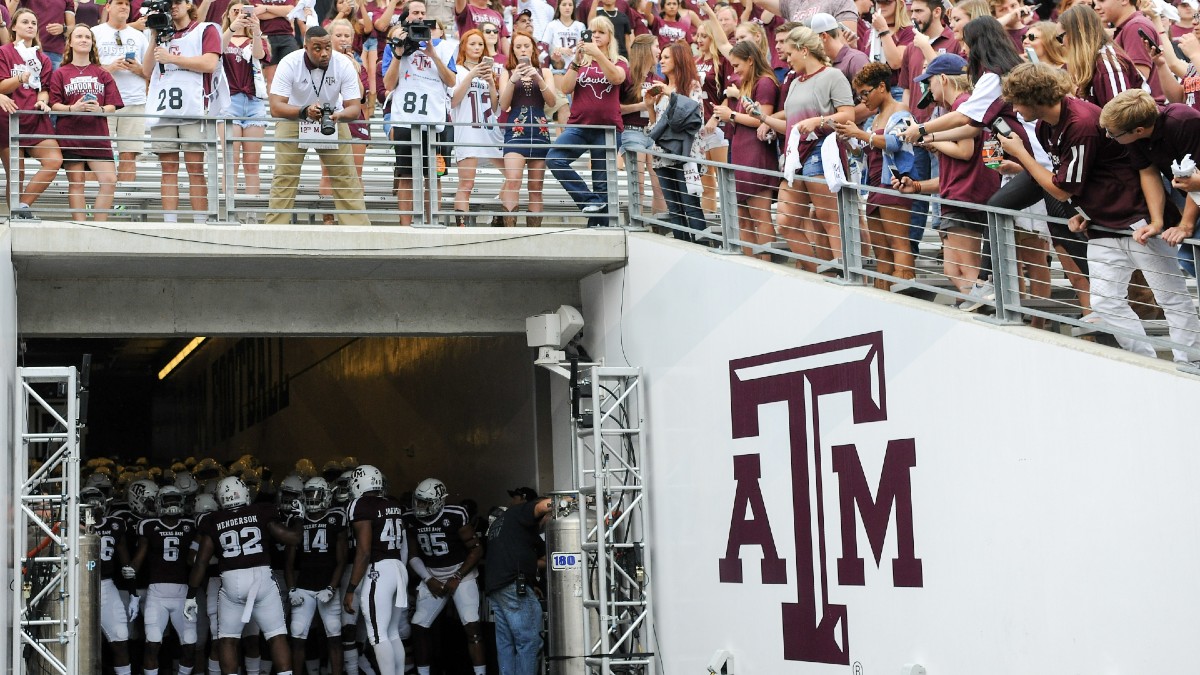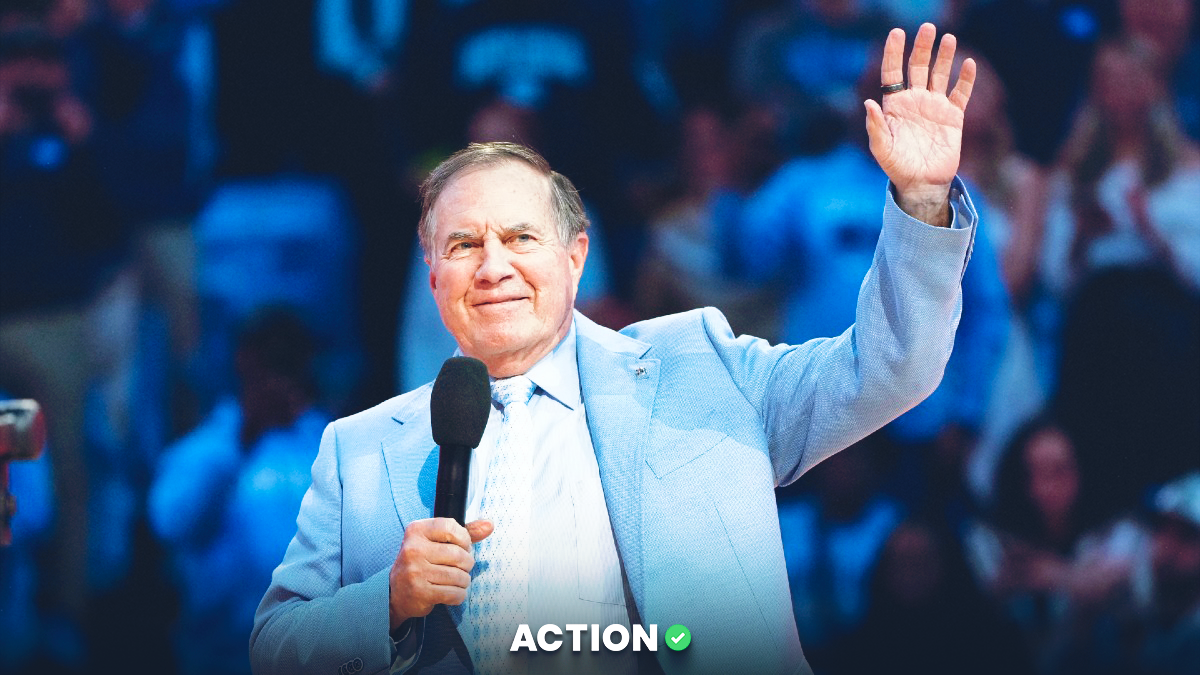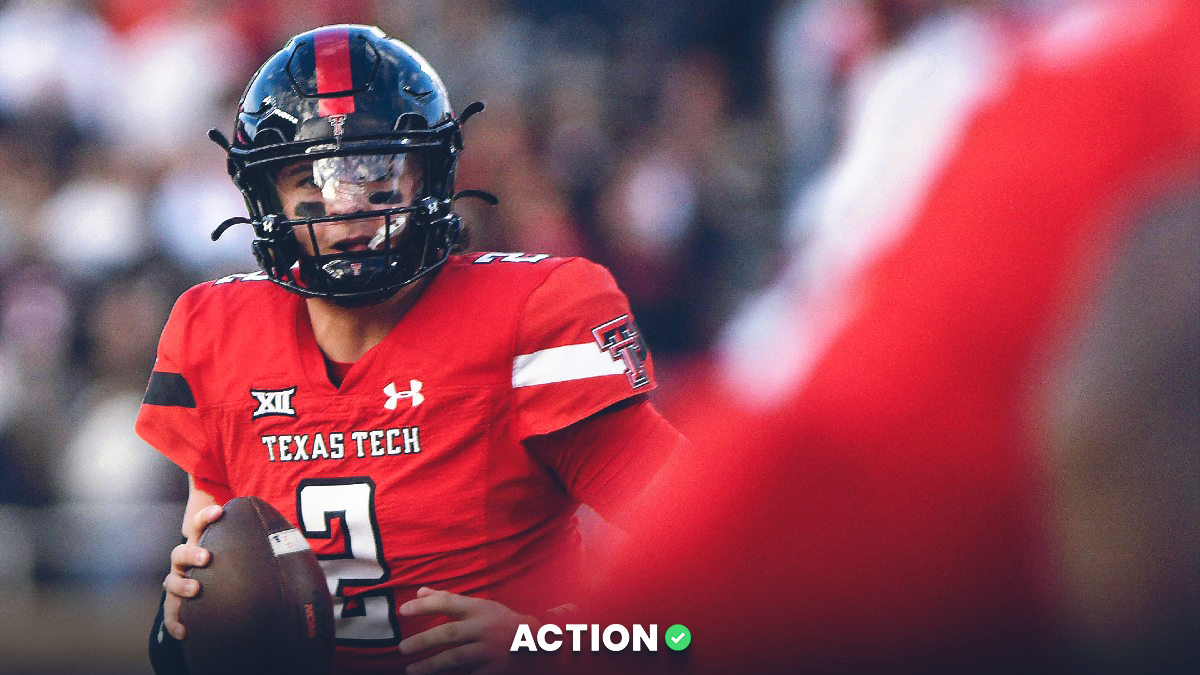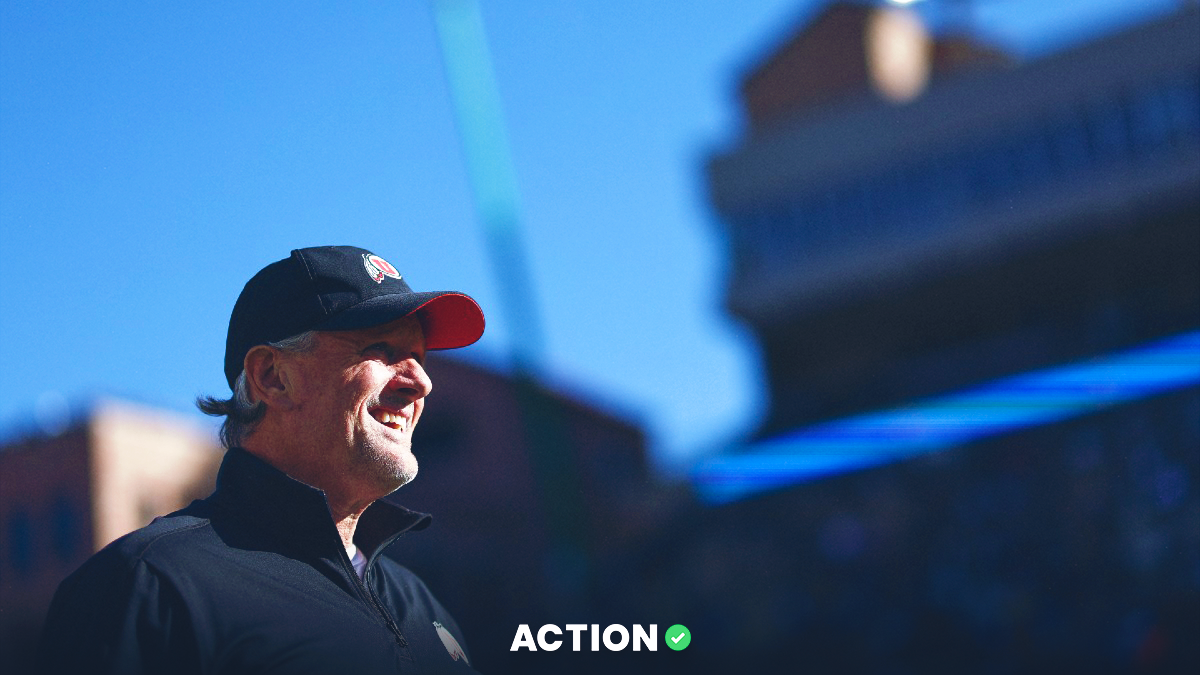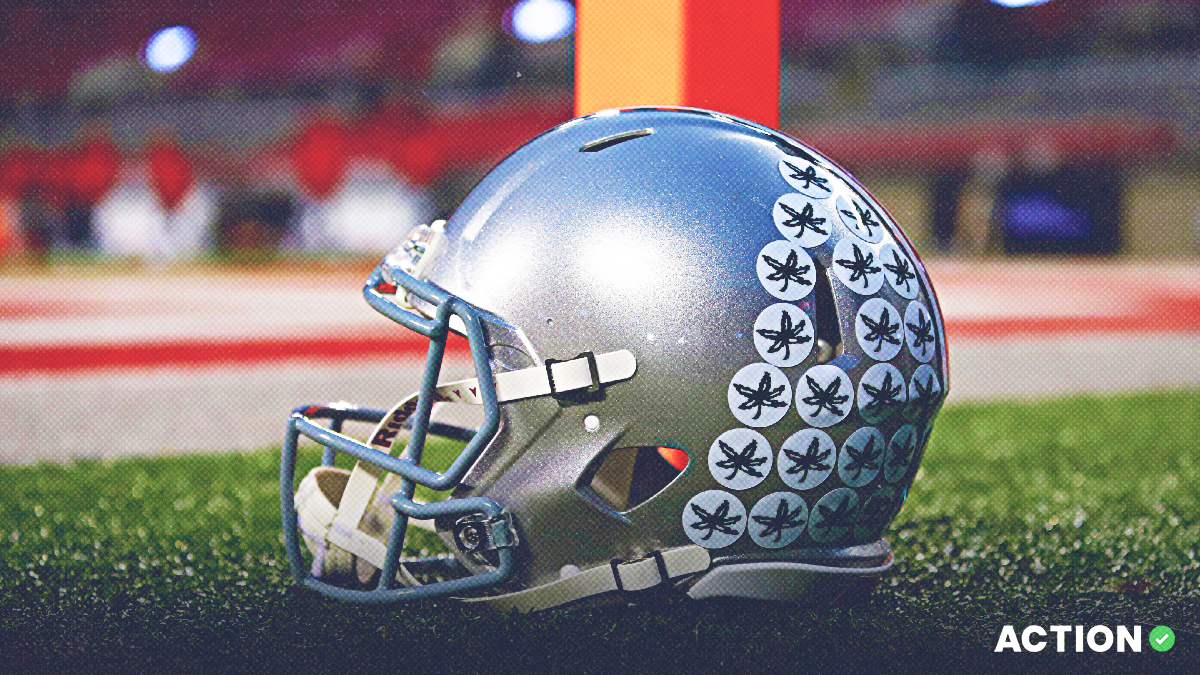One of the biggest challenges in college football handicapping has always been home-field advantage. Many oddsmakers have adopted a standard three points, while other power rating systems (outside our own) implement a 2.5-point bump across the board. Other publications have staggered home field advantage by the size of the home stadium.
But what exactly dictates a home field advantage for a college football team? Crowd noise influencing officials? Unique field conditions? Travel and rest?
There are plenty of angles, from the altitude in Laramie to the multiple track lanes around the field in Ypsilanti. Legendary Iowa coach Hayden Fry painted the visitors locker room pink, while Northwestern grows natural grass as long as possible.
Assigning a blanket number to all 130 FBS teams is the easiest path in determining home field advantage, but it is not necessarily the correct approach.
Every home team has a variable, from the heat index in September to the cross stadium winds in November, that you could make the case for. But the biggest determination in college football home-field advantage is how often a team beats oddsmakers and the betting market.
To determine home-field, we use +2.5 points on the spread as a baseline and employ a Taylor series calculation with weighted values on a 10- and 3-year against the spread sample set.
Using different lengths of time is to even out hot and cold streaks that come with coaches and recruiting. If you are covering at home on a consistent basis, oddsmakers are not pricing a team correctly. The 2020 COVID-19 season certainly threw a wrench into a few calculations.
Florida lost a critical SEC game to Texas A&M after a 'limited' crowd became a factor for the Gators offense. Although COVID-19 numbers are included for the 2021 home field advantage numbers, there are anomalies from a season without fans, bands and student sections.
Northwestern has covered at a 45% rate at home over the past decade, but ended 2020 undefeated against the spread in four games. Mississippi State has long had one of the highest home field advantage numbers thanks to a 59% cover rate over the past decade. Whether it was Mike Leach or the lack of cowbell, the Bulldogs managed a 1-4 against the spread mark in 2020.
Here are the updated numbers for home field advantage entering the 2021 football season:
The Top 20
The biggest number on the board is Buffalo after a 67% cover mark over the past decade, but how much of that is due to the coaching situation? Head coach Lance Leipold has taken on the same role at Kansas, but the two time MAC Coach of the Year ran hot with the Bulls since 2015. New head coach Maurice Linguist has deep experience as a secondary position coach, but regression is expected for UB Stadium.
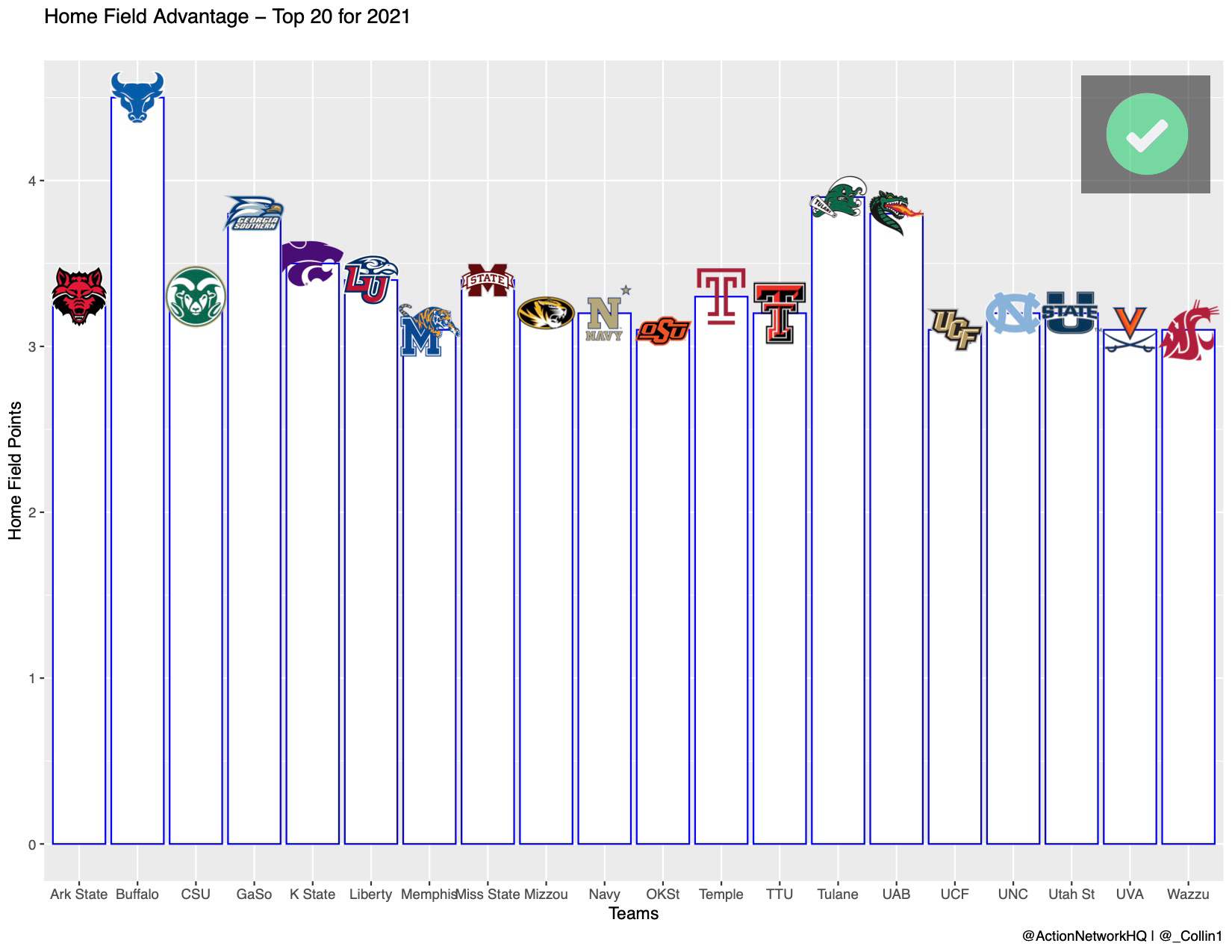
Other head coaching changes from the top 20 include Arkansas State, Central Florida and Utah State.
The Bottom 20
There is good reason the Action Network projections for Coastal Carolina games may be a point short, as the Chanticleers have posted a 40% against the spread mark over the past decade. That changed in 2020 with a 4-1 home covering rate in a magical season.
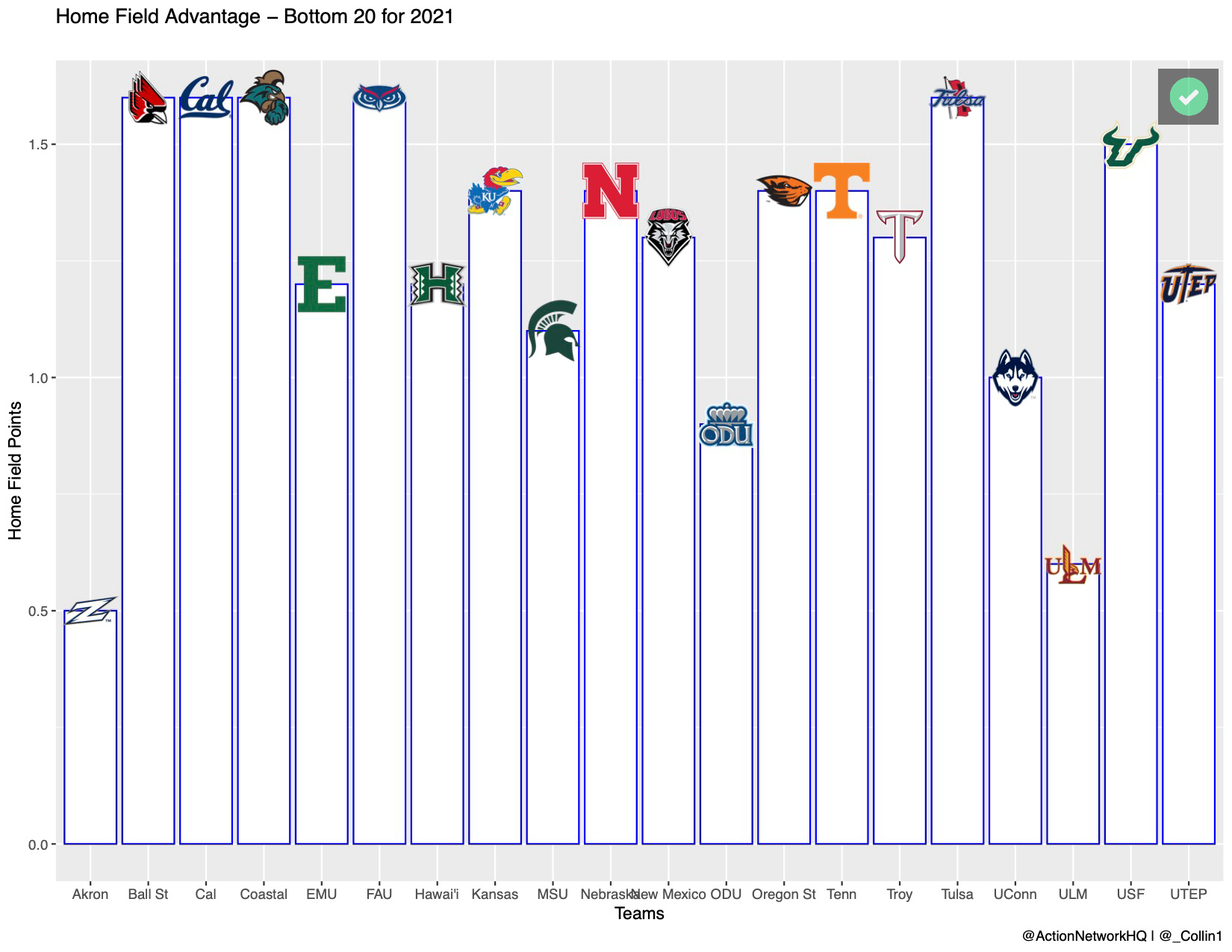
A surprising name on the list is Michigan State. Despite a 46-21 home record straight-up since 2011, the Spartans are just 40% against the spread in the same span. 2020 was more of the same with a 2-5 against the spread record in head coach Mel Tucker's first season.


